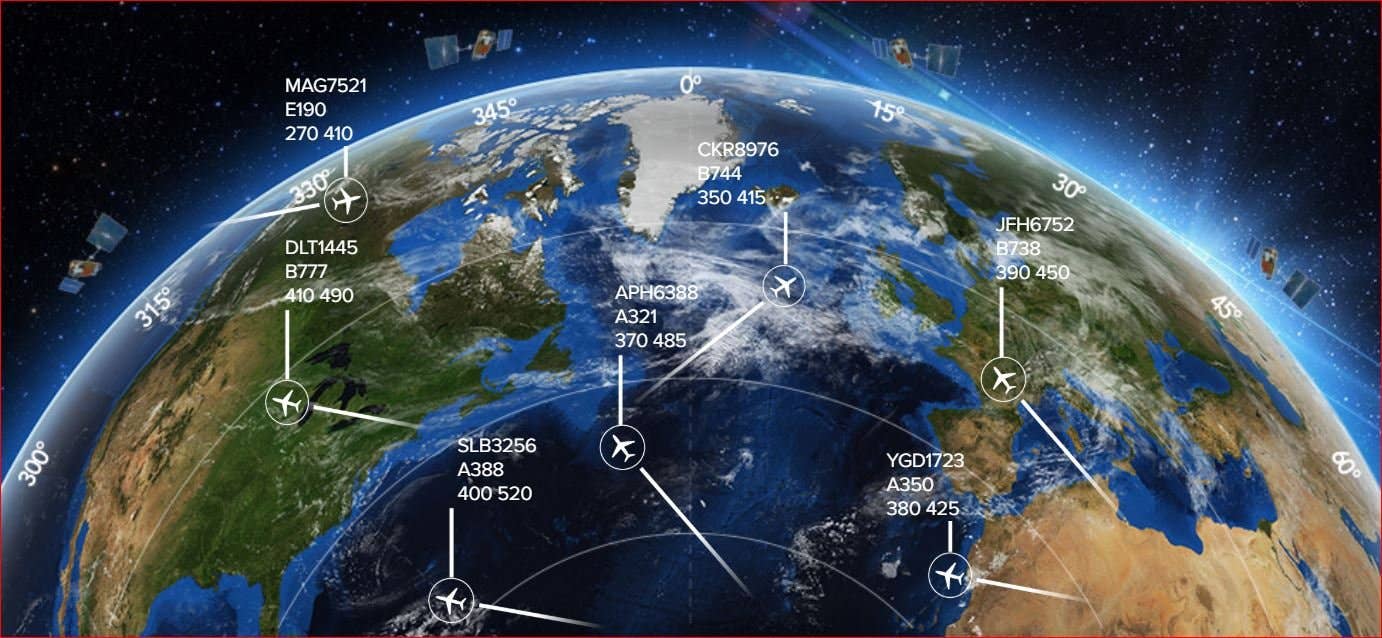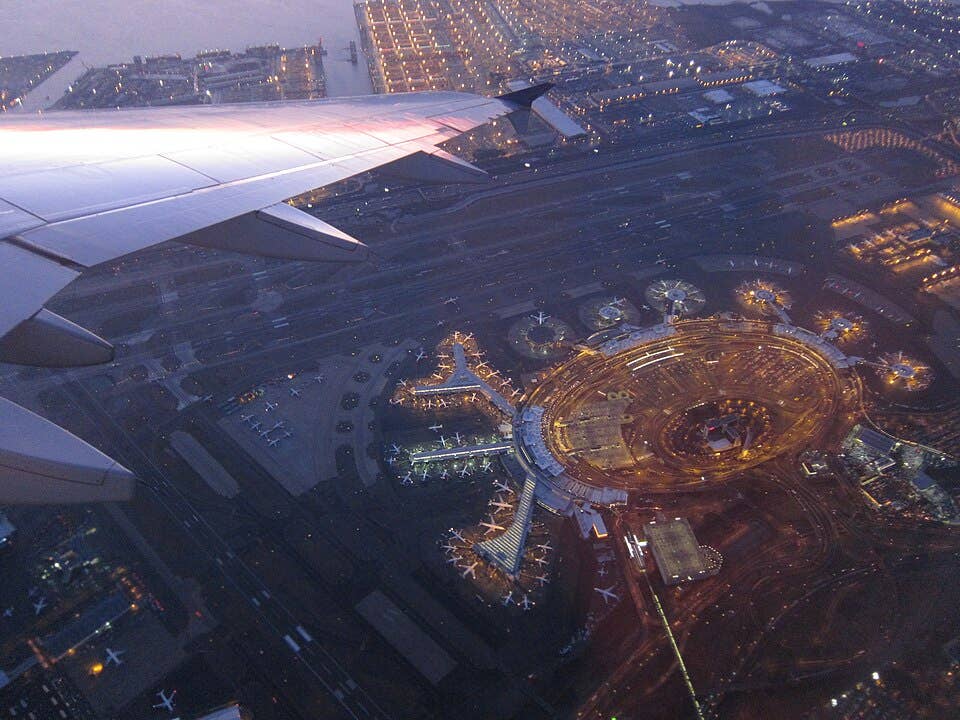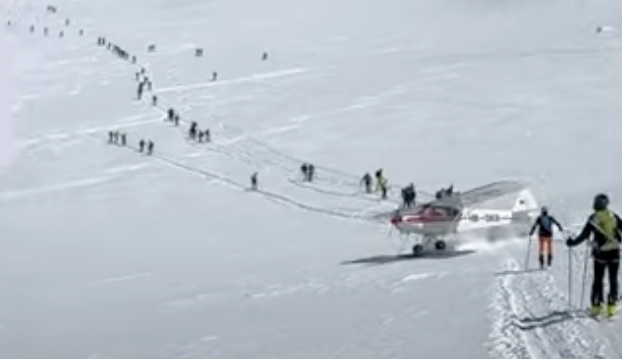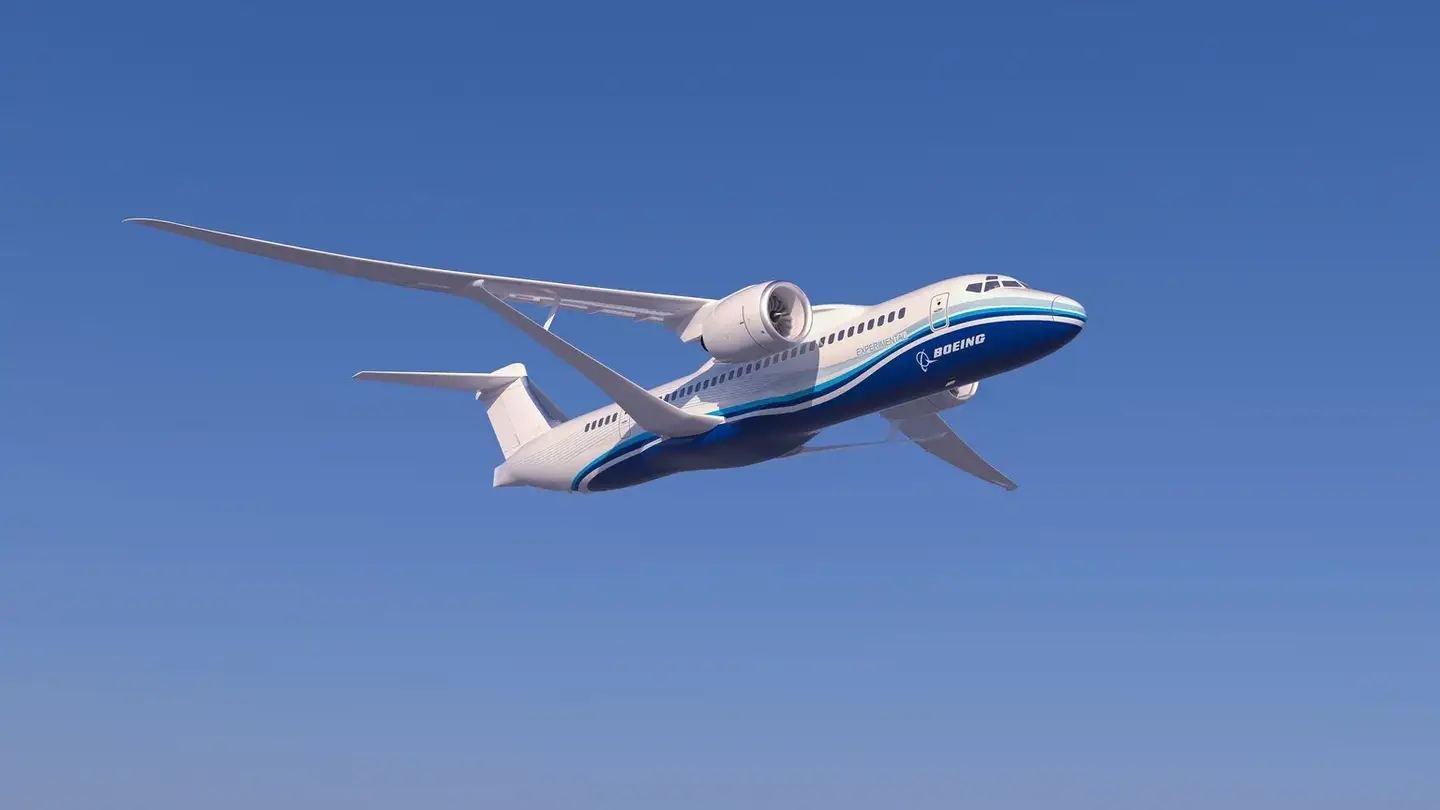Aireons Space-Based ADS-B Goes Live
ADS-B may be a great thing for tracking airplanes-until theyre 50 miles offshore. To remedy that, Aireons space-based ADS-B tracking system goes live this week, allowing any ADS-B aircraft to be tracked in real time at almost any point on the globe and especially on congested oceanic tracks.

ADS-B may be a great thing for tracking airplanes—until they're 50 miles offshore. To remedy that, Aireon's space-based ADS-B tracking system goes live this week, allowing any ADS-B aircraft to be tracked in real time at almost any point on the globe and especially on congested oceanic tracks.
Prior to Aireon's system, ground-based ADS-B was capable of tracking coverage over only about 30 percent of the globe, according to the company. "For the first time in history, we can surveil all ADS-B-equipped aircraft anywhere on earth," said Don Thoma, Aireon's CEO. "With the launch of our space-based ADS-B service, Aireon now provides a real-time solution to that challenge—one that will radically optimize flight safety and efficiency," he added.
Aireon's system will be particularly welcome over the busy North Atlantic oceanic routes where better real-time tracking can allow airliners to fly optimal speeds and altitudes, offering significant savings in time and fuel while reducing carbon emissions by up to two tons per flight, according to an analysis conducted by NATS and the International Civil Aviation Organization (ICAO).
Regulations mandate ADS-B in the U.S. in select airspace by January 2020 and in Europe by June 2020. Other countries have imposed their own deadlines or are the process of doing so. Continuous oceanic ADS-B coverage will give ATC a view of the tracks virtually identical to radar. The Aerion system is hosted in the Iridium NEXT low-altitude satellite system.






